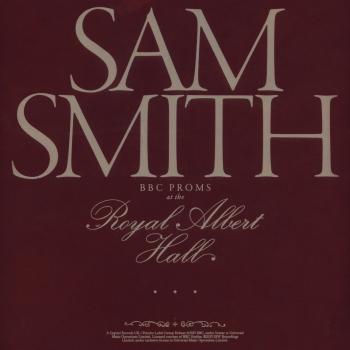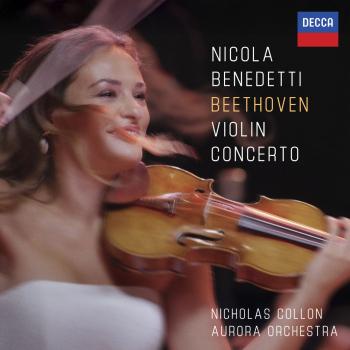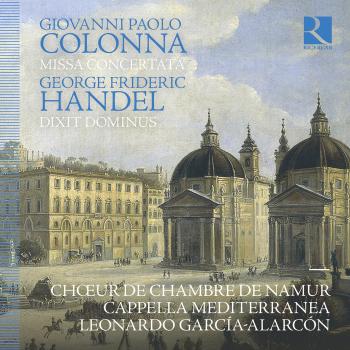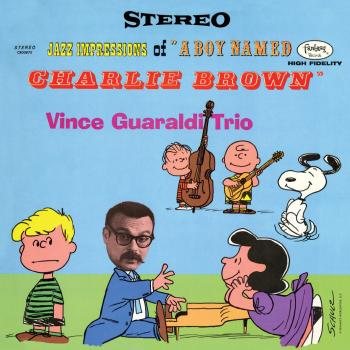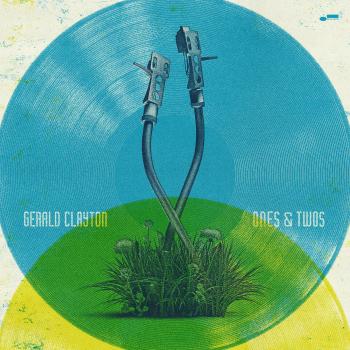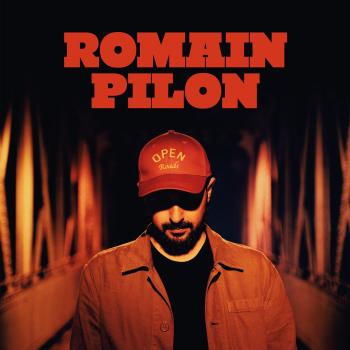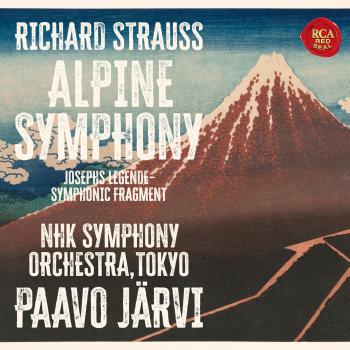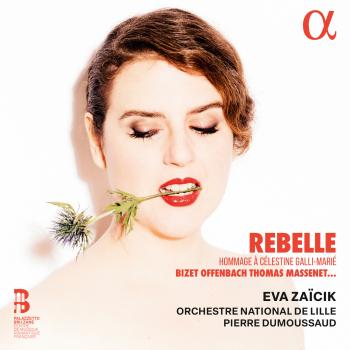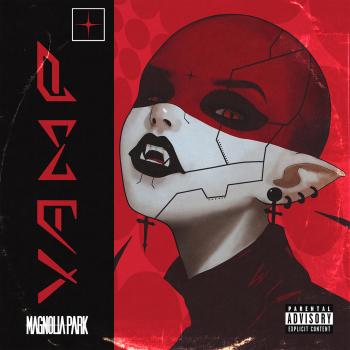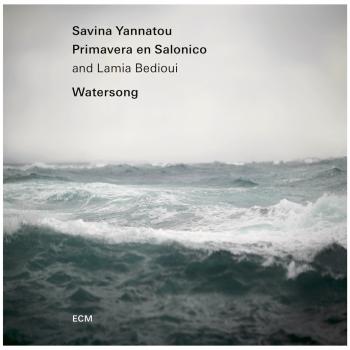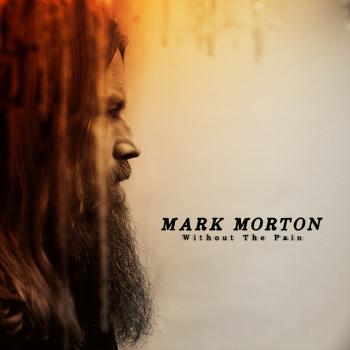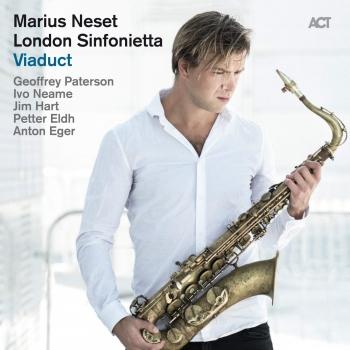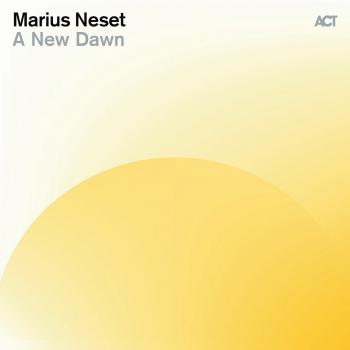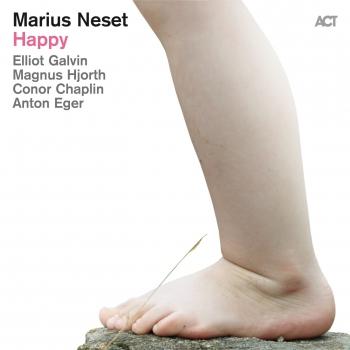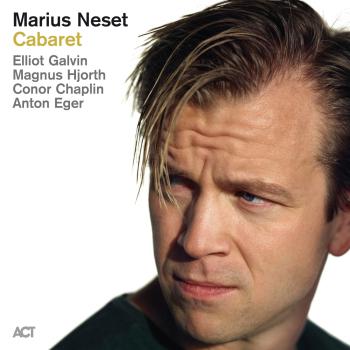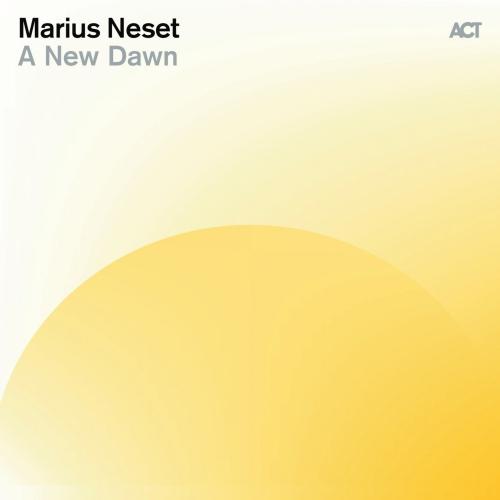
A New Dawn Marius Neset
Album info
Album-Release:
2021
HRA-Release:
30.04.2021
Album including Album cover Booklet (PDF)
- 1 A New Creation 04:27
- 2 Theme from Manmade 02:59
- 3 Old Poison (XL) 03:24
- 4 Taste of Spring 04:44
- 5 Brighter Times 02:27
- 6 A Day in the Sparrow's Life 04:59
- 7 Morning Mist 03:58
- 8 The Real Ysj 03:41
- 9 Theme from Every Little Step 06:49
Info for A New Dawn
“What Neset does on the saxophone is nothing less than taking this instrument into a new dimension” (Süddeutsche Zeitung.)
The energy and the unassailable virtuosity with which Marius Neset burst onto the scene have not been forgotten. Back in 2004, as a nineteen-year old student recently moved to Copenhagen, he won the Talent Award at Norway’s Nattjazz Festival. He then made a huge impression as a member of groups led by Django Bates in 2008-2010. John Fordham of the Guardian described his 2011 debut album of original compositions as “sensational”, “indispensable”. He was the only artist from Europe in the Downbeat 2016 feature “25 For The Future,” in which he was described as “not only an impressive technician but also a formidable composer.” There has always been much more to Neset’s artistry than mere virtuosity: he has achieved several huge and successful composition projects with both classical and jazz orchestras, notably on three of the six previous albums he has produced on ACT since 2014, one of which, “Lion”, won him the coveted Norwegian Grammy, the Spellemannprisen.
Now back and settled in Norway, the “Wizard from Os” (Jazznyt) finds new ways of combining the urge to construct compositional structures with being free in the moment. Among the many delights of his seventh ACT album “A New Dawn”, Neset says that one of his own favourites is “Morning Mist”. His transformation of the opening of Lutoslawski’s first cello concerto into a vivid dialogue between two very different characters, a high and a low voice, does indeed feel like a stroke of genius. And his new take on Brecker-ish jigs and reels in “A Day in Sparrow’s Life”, originally written for a flautist, communicates not just dervish-like inspiration but also sheer joy.
Marius Neset has written an eloquent and carefully thought-through sleeve-note for “A New Dawn”, explaining the origins and the concept of this album, which looks forward to better times:
I have always dreamed of doing a solo album, an album where I am completely alone playing the tenor saxophone with no overdubs or effects, just as pure and honest as it can be. It is an amazing challenge – and also a bit scary: I cannot lean back on a rhythm section or another player, I am completely responsible for every little detail in the music myself.
I have chosen a combination of songs that I have composed during the past few years. Some of them were written for solo saxophone, others for small band, some even for symphony orchestra. What all of these songs have in common is that they were originally composed by me, playing the tenor saxophone, alone. In other words, they all started out as solo saxophone pieces.
When the Covid-19 pandemic made us all isolated and alone, I started to work more and more on these songs, and gradually the idea about making a record became more of a reality. I finally decided to record them in a beautiful-sounding room a few kilometres away from where I live in Oslo. There was something very special about the atmosphere on the day of the recording. It was a beautiful, sunny and very cold winter day, which reminded me of all the good things I have been doing almost every day in the past year: being outside in nature, walking, running, skiing or just being together with my lovely family. I felt inspired, so I just started playing and recording the songs that I felt most like playing at that moment. And this was more or less how I spent the rest of the recording day. I would let the tape run and play what felt most natural to me in the moment. Playing alone also allows you to focus much more on the little details. I played around a lot with different sound colours, for example using quarter-tones, or playing a note very softly with a particular embouchure to produce a very nice little multiphonic sound which would have been scarcely audible if I hadn’t been playing alone.
I also thought as I played about the stories behind many of these songs, and that seemed to make them more relevant to me than ever before. Some of the pieces are not just directly inspired by the many challenges that the world faces today, they also have a story to tell about hope and brighter times to come. I can’t wait to get back to making music with all my friends again, but in the meantime playing alone in my home gives me energy and positivity as we wait for life as we know it gradually to come back, as a new dawn. (Marius Neset)
Marius Neset, saxophone
Marius Neset
was born in 1985, in Bergen, a sleepy Norwegian harbour town that’s home to the internationally renowned Nattjazz Festival (Neset won the Talent Award there in 2004). Besides his love of jazz in its widest sense, the saxophonist-composer also grew up listening to bands from the so-called ‘Bergen wave’ of post-rock such as Royksopp (and from there on to Radiohead) through to the great classical composer of his hometown Edvard Grieg as well as more contemporary art music. “I love being in the mountains, and silence is a music as well. Maybe it’s because I’m from Norway I feel this,” he says. It accounts for the huge diversity and fluidity of movement between different elements of so-called genres that’s been a key characteristic of Marius Neset’s music to date.
When only 5 years old, before taking up the sax, he took lessons on drums and this has had a significant impact on his approach to composition in particular. “I think the drums gave me a rhythmic base that was very important. I learnt very young to play in these odd meters so I think I have a very natural feel for it,” he says. Neset, in live performance, also has the uncanny ability of making one saxophone sound like two or three.
In 2003 Neset moved to Copenhagen to study at the Rhythmic Music Conservatory. The great English pianist and large ensemble arranger Django Bates was professor there at the time and became Neset’s mentor. The saxophonist went on to become the star turn in Bates’ student big band StoRMchaser recording a CD Spring is Here (Shall we Dance?) in 2008. Meanwhile Neset also released his debut Suite for the Seven Mountains that year on the Danish Calibrated label. Besides a string quartet, it featured the Swedish drummer Anton Eger, who alongside Neset was also a leading member of Scandi-fusion boy band JazzKamikaze. In 2010 Django Bates took him to London to play at a concert at Kings Place marking his 50th birthday. Neset also appeared as a guest in Django Bates’ long time ensemble Human Chain at the famous Ronnie Scott’s club. Recorded by BBC Jazz on 3 he wowed the audience with his contrast of lightening virtuosity and tender, ethereal lyricism. One of those blown away was Dave Stapleton head of the fast emerging UK independent jazz label Edition Records.
Edition signed Neset to the label in 2011. GoldenXplosion, featuring a quartet that included Django on keys and the Scandi-Brit trio Phronesis’ rhythm section of Jasper Hoiby and Eger, was released to glowing press reviews with The Guardian writer John Fordham accurately predicting Neset would be, “on his way to being one of the biggest new draws on the circuit”. By the time of his second CD on Edition Birds in 2012, Neset had started developing his penchant for larger ensemble music and a widescreen palette of instrumental sound.
Still only 29 years of age, Neset is successfully hitting the international stage, and being talked about as a big tenor in a lineage that extends from the post-bop Americans from Michael Brecker, Chris Potter through to fellow Norwegian Jan Garbarek. But there’s a lot more to one of Europe’s brightest young stars than that. “I’m very inspired by people like Frank Zappa, Django Bates, Pat Metheny and Wayne Shorter where the music and the playing is one,” he has said. Neset’s classy, cohesive composition and arranging skills have come into even sharper focus with a new album Lion released in 2014, his debut for the Munich-based ACT, one of Europe’s leading jazz labels, in a collaboration with the celebrated Trondheim Jazz Orchestra, whose former collaborations have boasted the likes of Chick Corea and Pat Metheny. It was originally a commission to compose for the 13-piece orchestra (in a lineup that includes tuba player Daniel Herskedal, a fellow student at RMC who together released an impressive duo album Neck of the Woods in 2012.) for a concert at the 2012 Molde Jazz Festival. “After the premiere in Molde, these compositions felt so special that we decided to record this album and play many more concerts with it,” he says.
Booklet for A New Dawn

